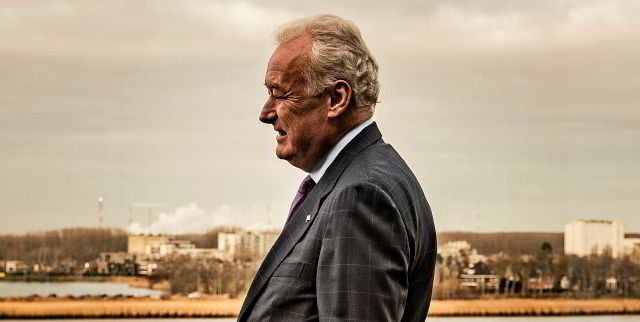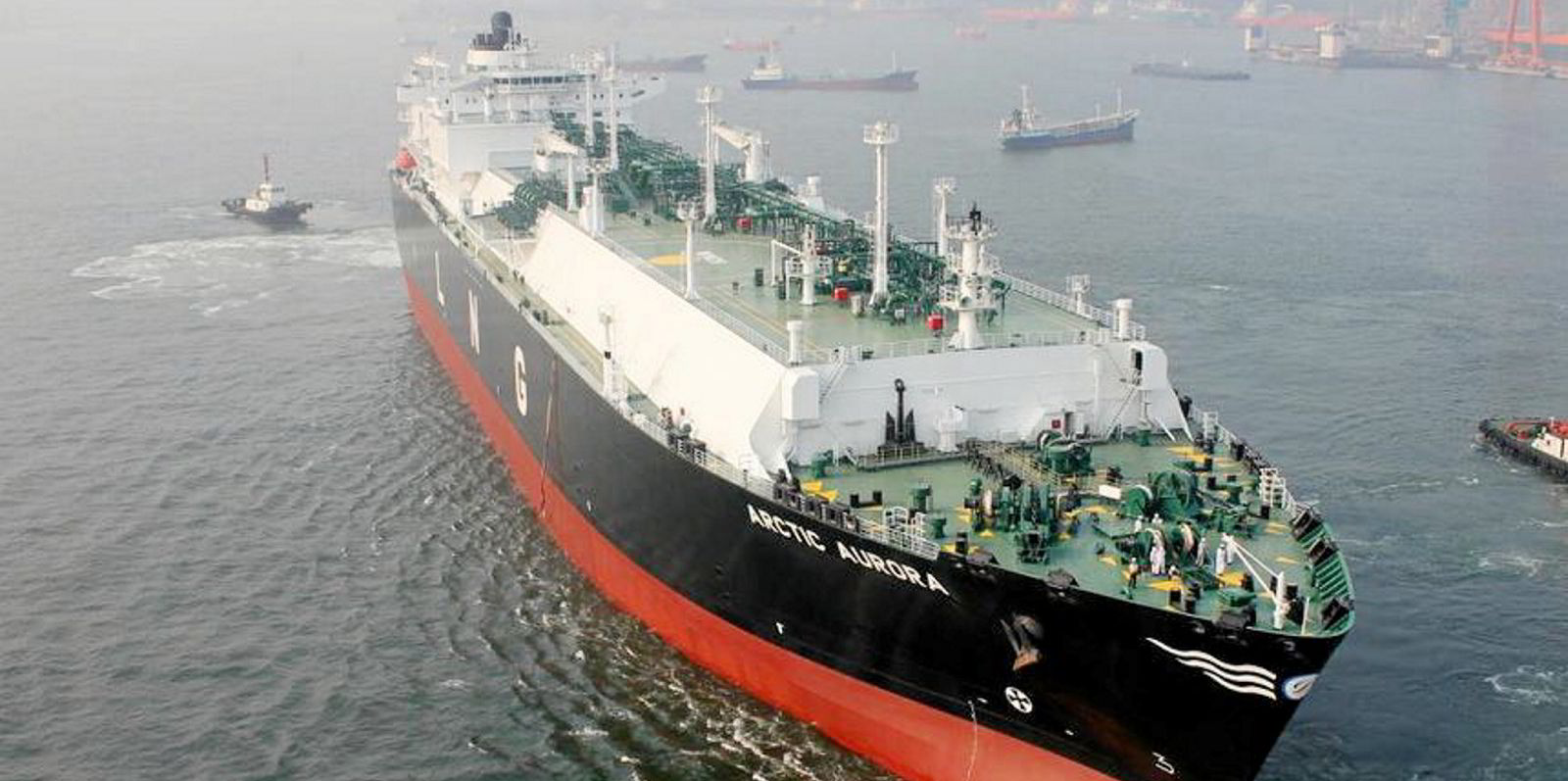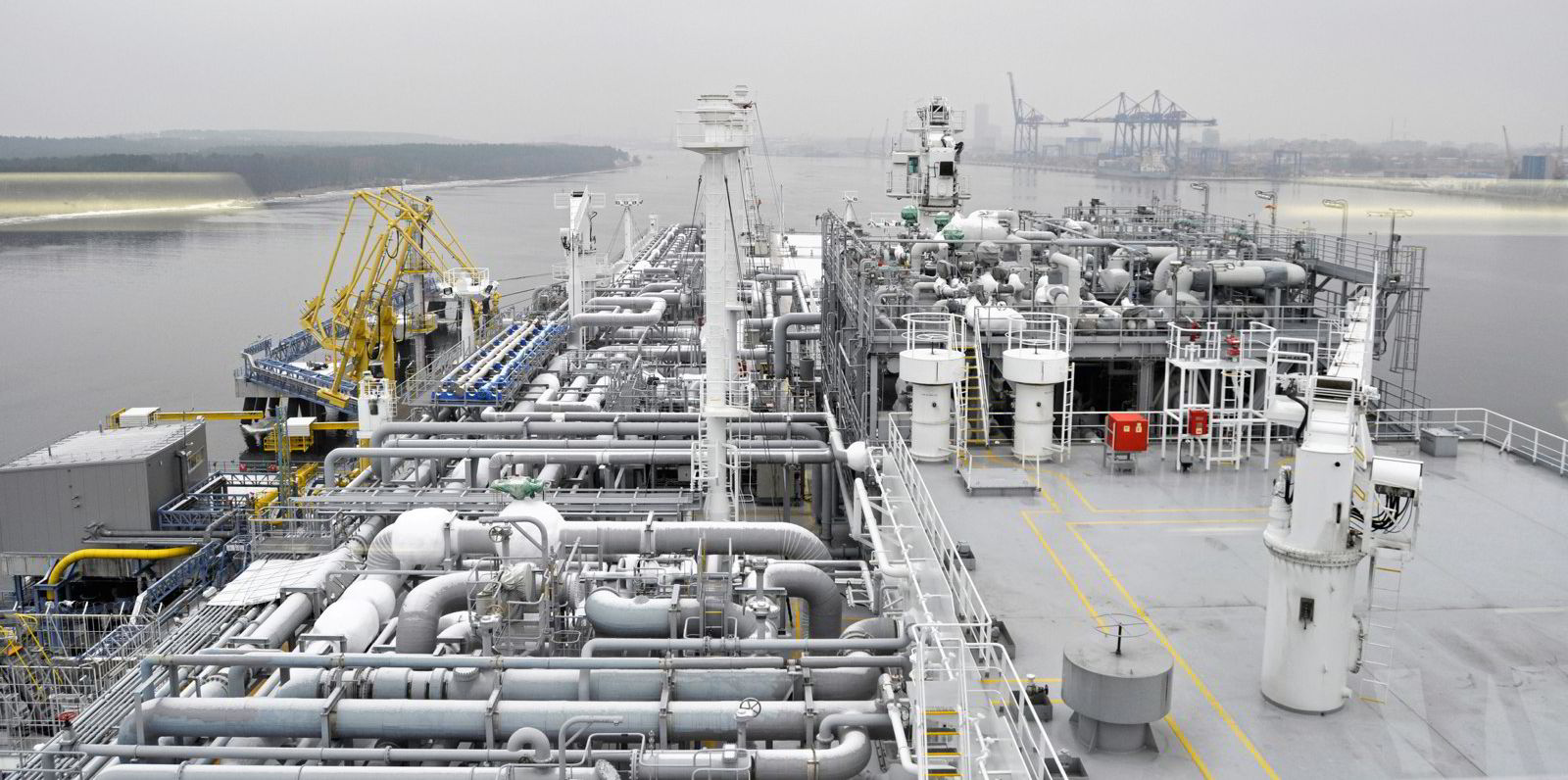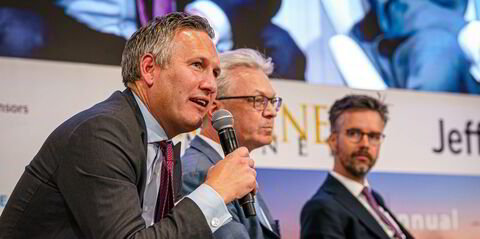Interest in floating storage and regasification units has rocketed in the weeks following Russia’s invasion of Ukraine as European energy buyers scramble for LNG imports as an alternative to Russian gas.
In the five weeks since Russia invaded Ukraine on 24 February reports have emerged on an almost daily basis detailing new floating regas-based projects or possible expansions of existing developments.
“The problem is that this is all knee-jerk [reaction],” one broker said, explaining that governments and the importing entities these are working with are not giving enough thought to how such projects can be made to work.
He bemoaned the fact that much of the interest is being propelled by governments who are needing to be seen to take swift action in case Russia ups the ante against Western sanctions by turning off its pipeline gas supply but are not looking at the practicalities. “It’s all political bull****,” he added.
But that said he believes that as a result of the major market shift on gas buying Europe could see 10 to 12 new FSRU projects emerge.
So first up — where to site an FSRU?
LNG shipping industry players stress that any FSRU project must have access to a shoreside pipeline that connects to a country’s gas grid and which is of a capacity that can handle the anticipated imported regasified volumes.
A ready made or re-purposed berth for the vessel is also needed.
Purpose building either of these elements for a project is likely to prove costly and cause delays to planned start-ups and then there is the issues of permitting to consider.
Next, acquire or charter an FSRU.
Germany has moved quickly and appears to have secured three units apparently on long-term charter albeit at some steep charter rates.
Rumours abound that another major US supplier of FSRUs may be tying up one of its units in a deal with Estonia.
There is market chatter about regas units controlled by Golar LNG and New Fortress Energy
But to date it is Dutch energy company Gasunie that has been the first to make an upfront pounce, bagging Exmar’s barge-based previously unloved small barge-based unit.
When it comes to working out what else is available the picture gets a little blurry.
In theory, of the fleet of 48 FSRUs, the bulk are committed. However — as one consultant put it — it should be possible to “shake some loose” from their existing contracts where they are either trading as LNG carriers or are under-utilised at their current locations.
One solution could also be to use them on a seasonal basis, he added.
But brokers highlighted most are likely to require modifications and repair yard space is currently at a premium.
Some may be on the small side for the cargo stems they are likely to receive from trading LNG carriers and then there are open-loop vessels — in that they use seawater for cooling — so may not necessarily be suitable for northern European waters in winter.
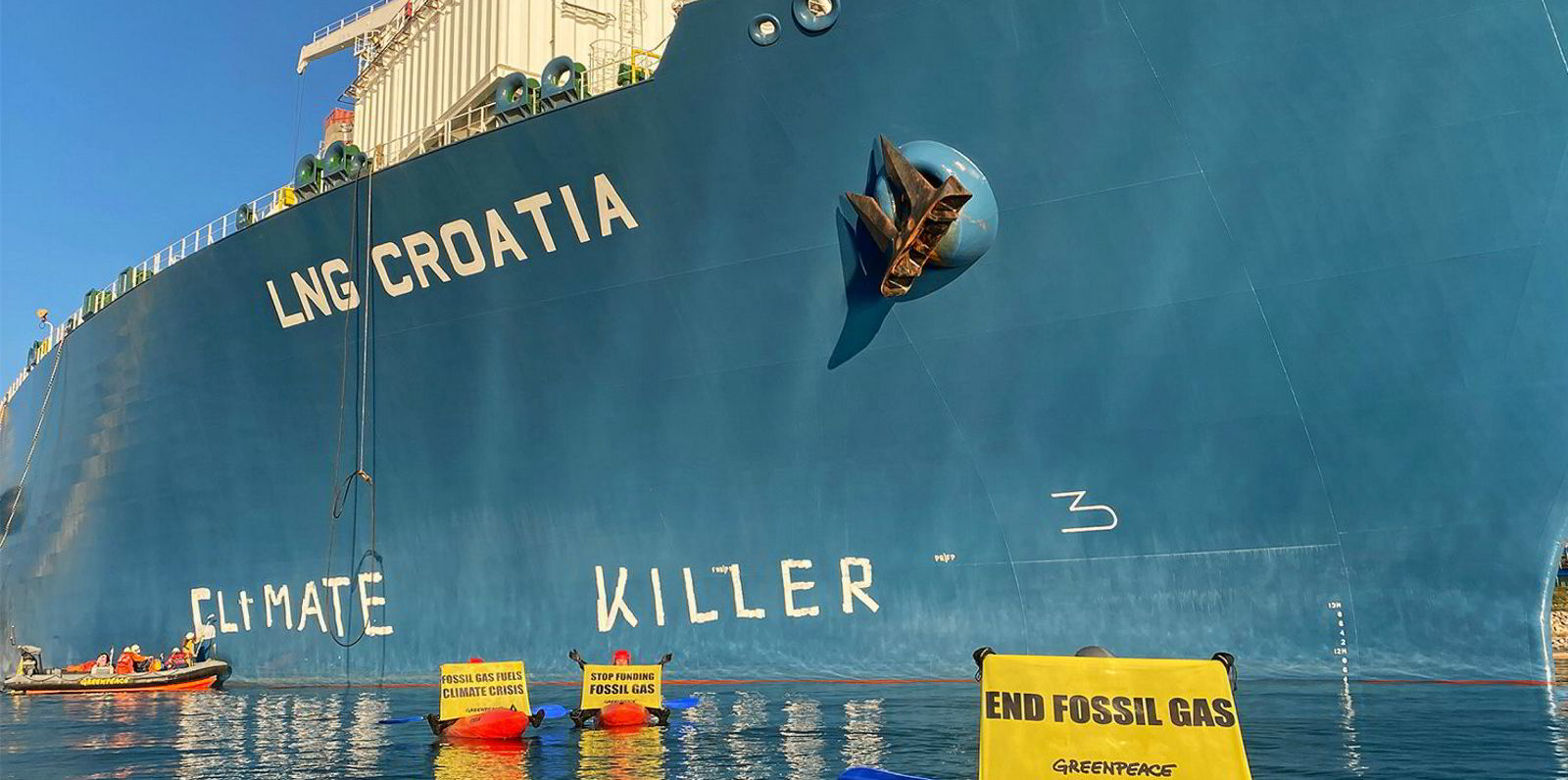
Finally — and most likely this should be the first consideration for developers — where to source the LNG supply?
Just as the market has seen a rush to FSRUs, it is now also witnessing a surge to new liquefaction.
This year was already tipped to be one where there would be a wave of new final investment decisions for LNG projects, particularly those in the US, but the need for energy security in Europe has propelled this into the spotlight.
Among the good news on US LNG — Sempra Energy has revived plans for its Port Arthur project and is planning expansions at other sites. Tellurian has finally said it is making a start on construction for its long-planned Driftwood LNG and New Fortress Energy has applied to permit one of its quick start-up FLNG solutions for the US Gulf.
On the downside — with the exception of New Fortress perhaps — these projects will take several years before they start production.
In addition most of the existing or under-construction US LNG is already contracted with Asian buyers taking the lion’s share and European buyers coming late to the negotiating party on supply.
None of these issues are new for those trying to develop FSRU projects. But can the new wave of political will fast-track them and ease Europe's fears over gas supply?


